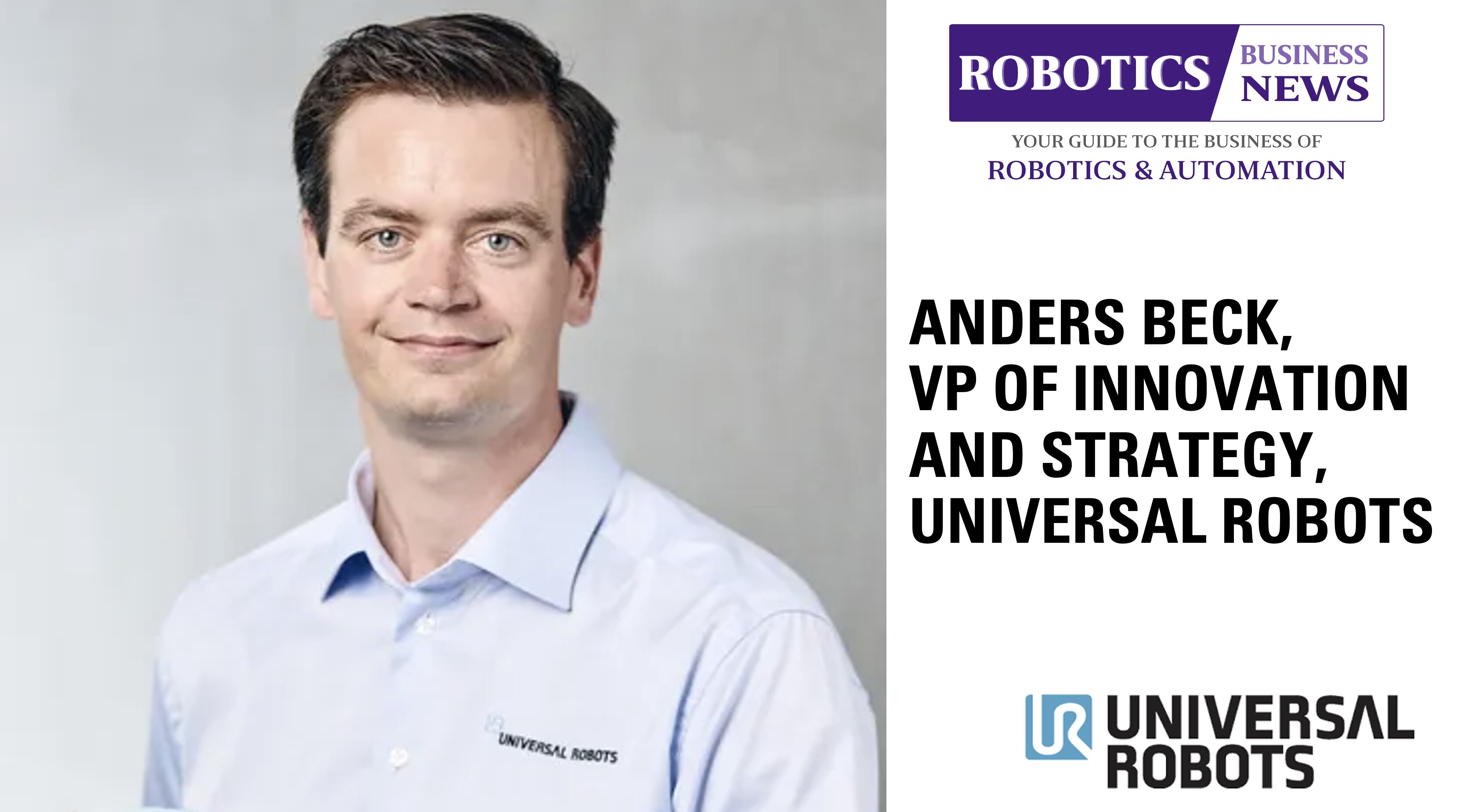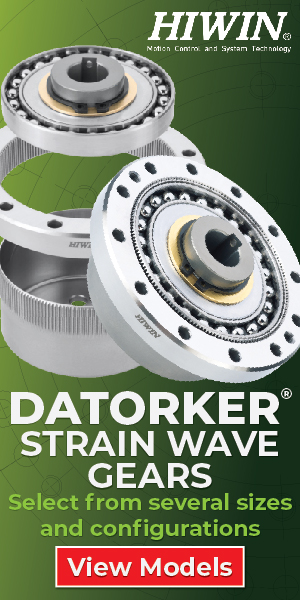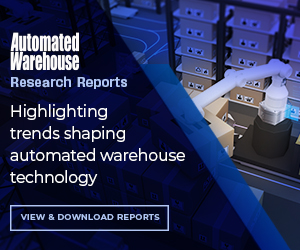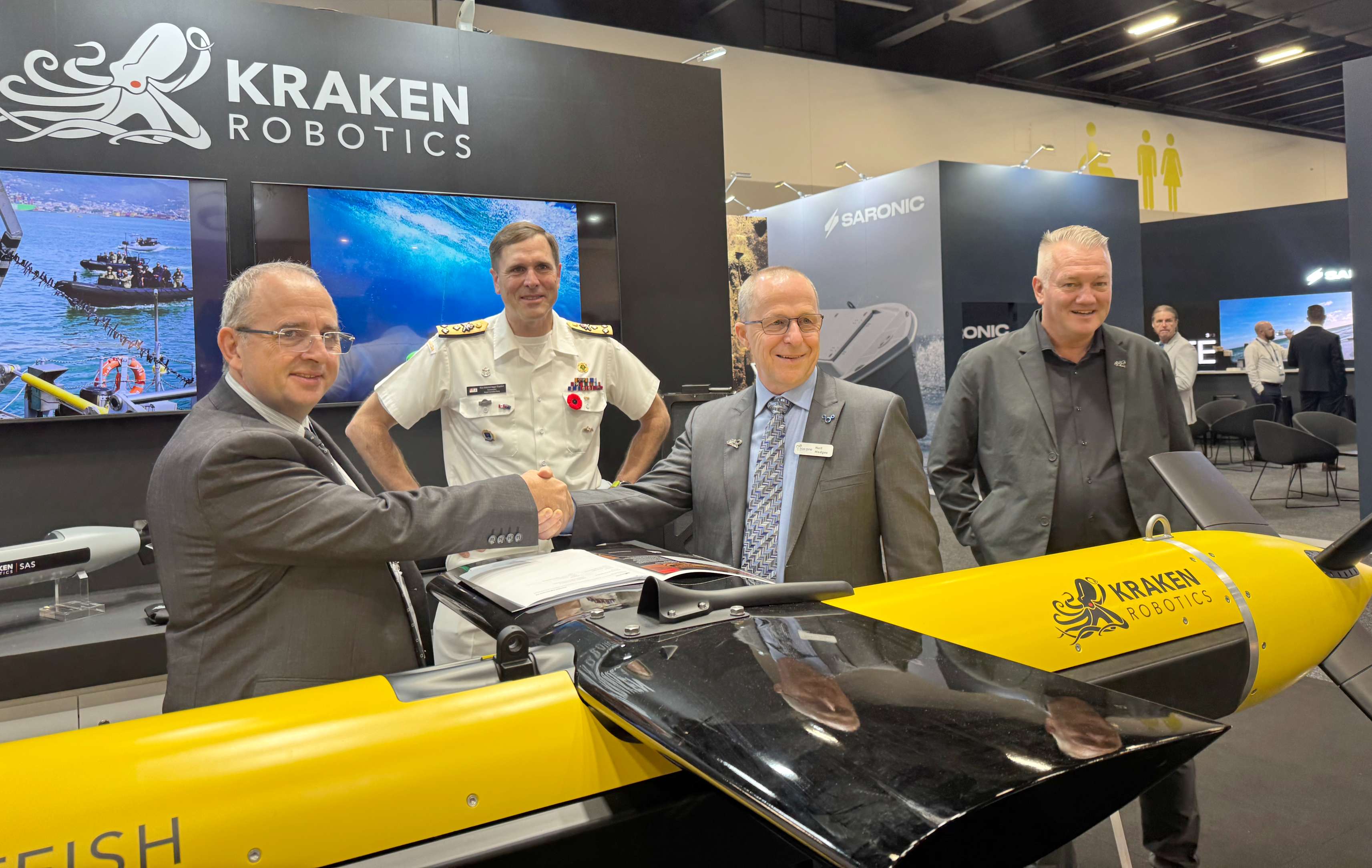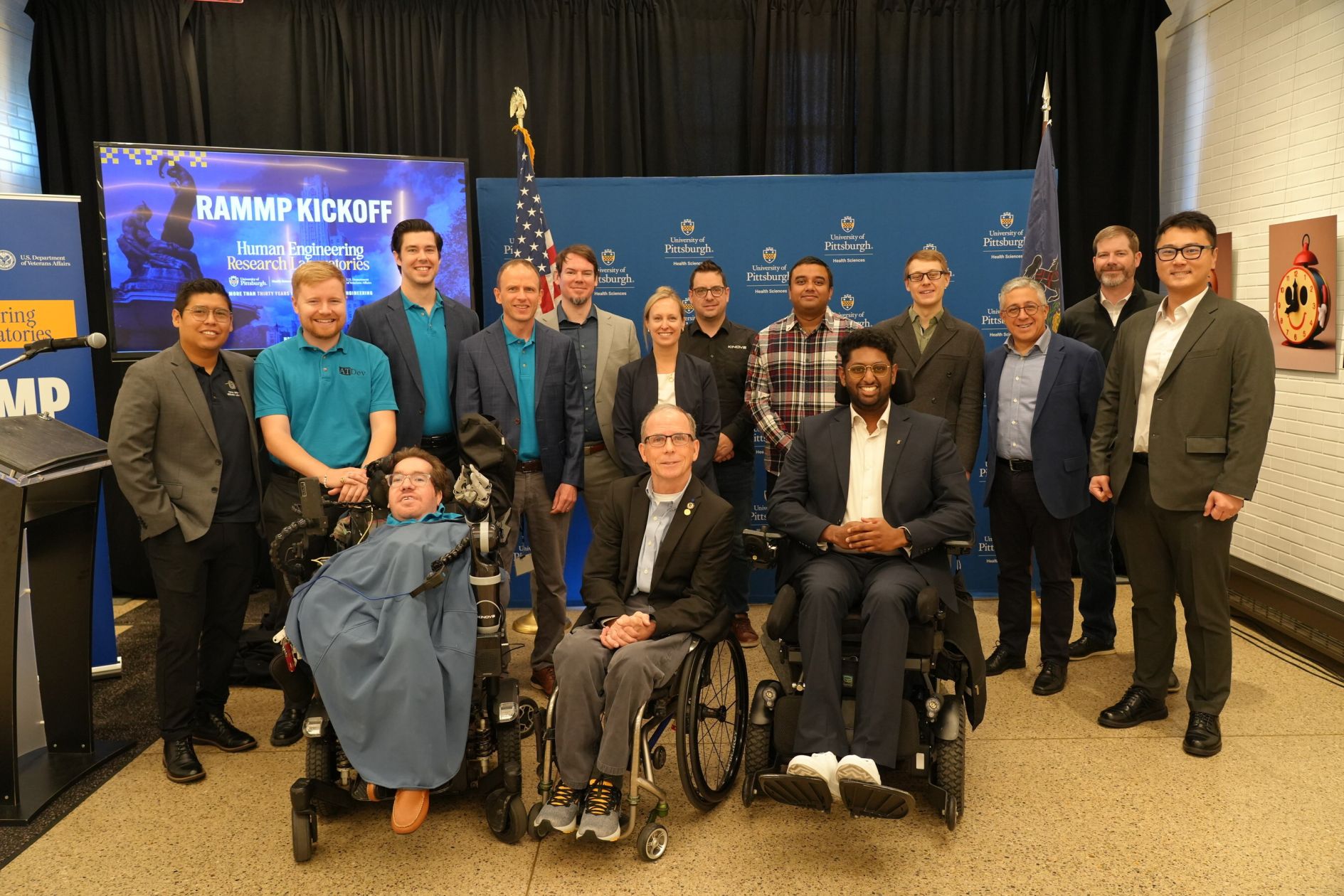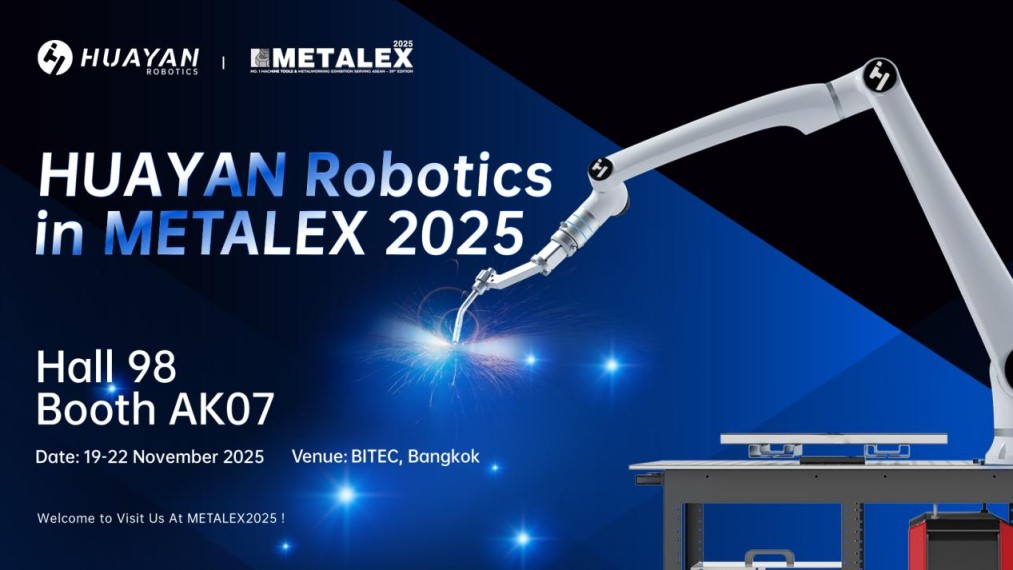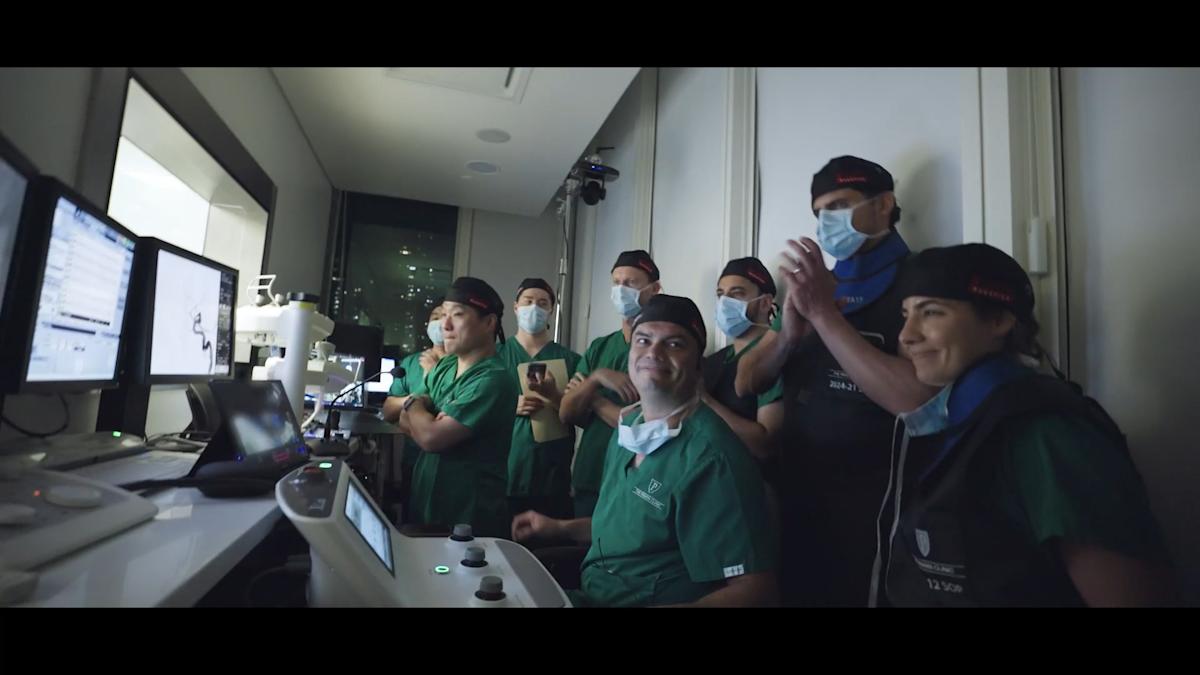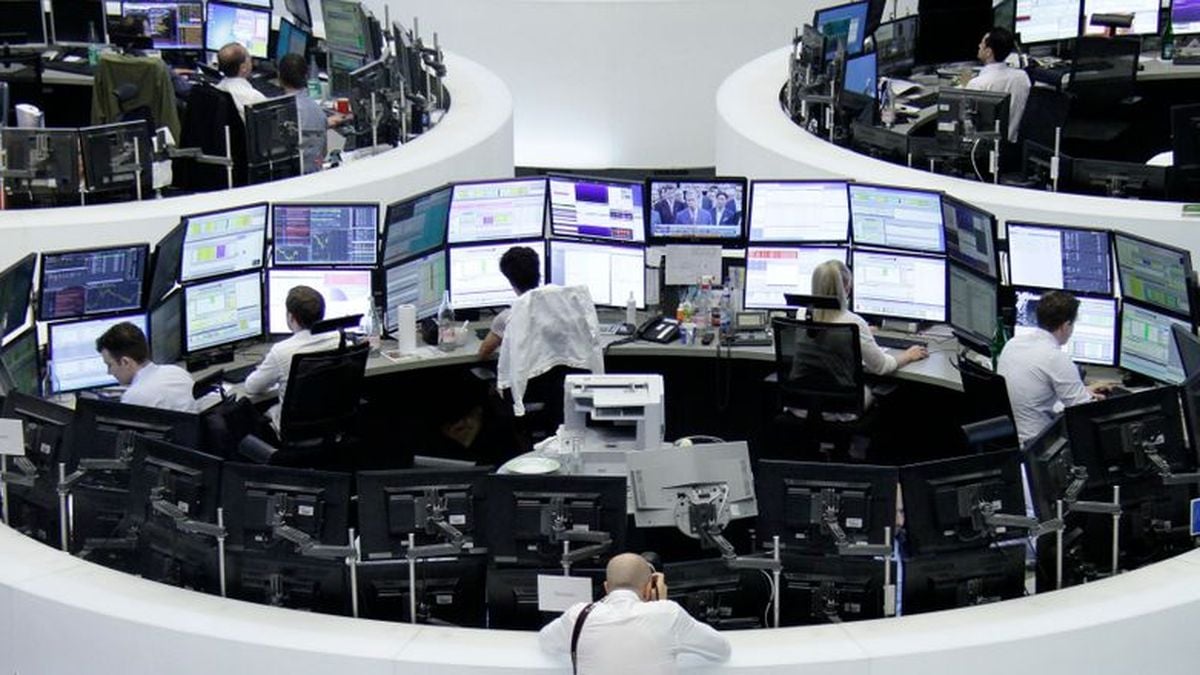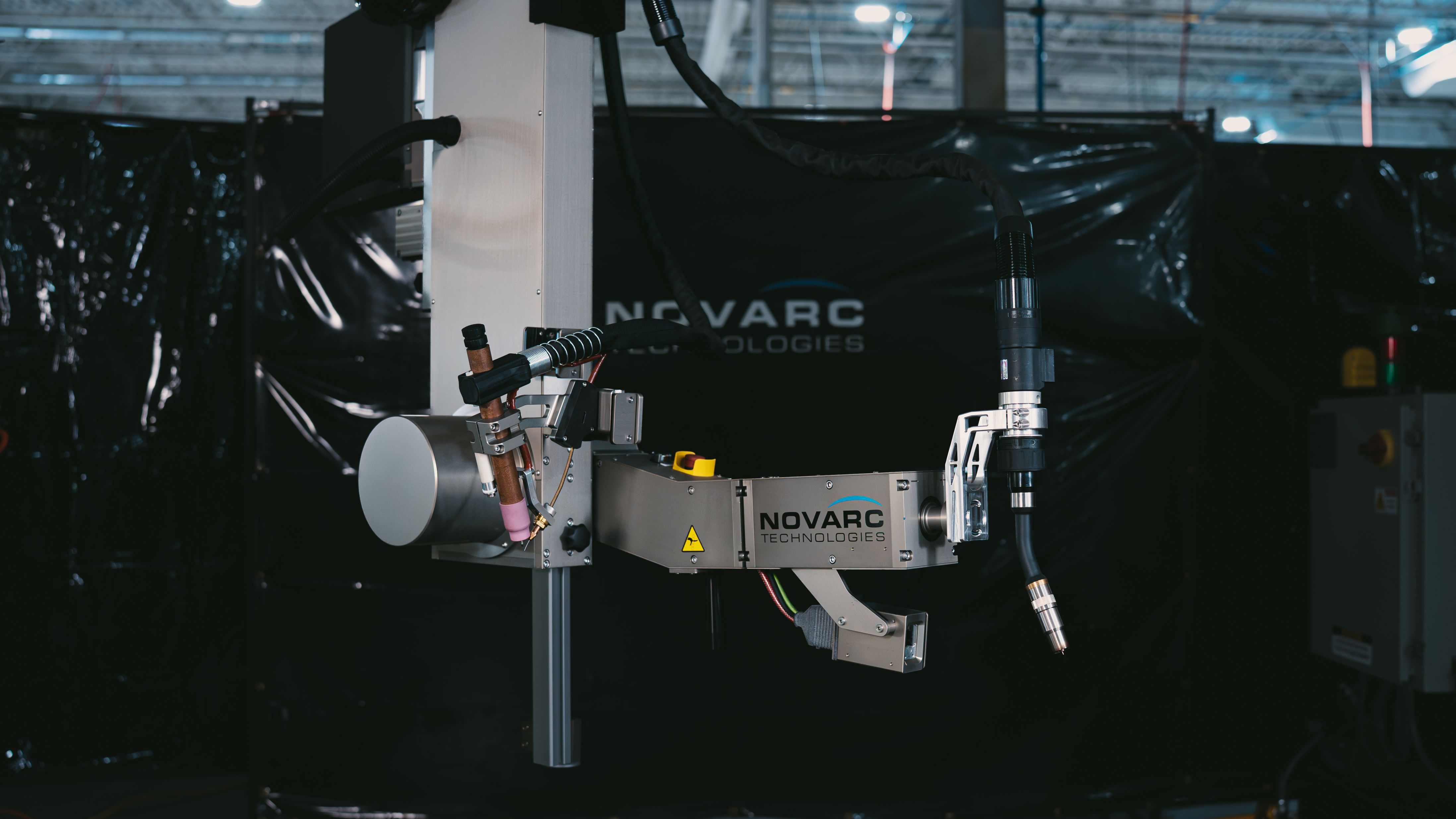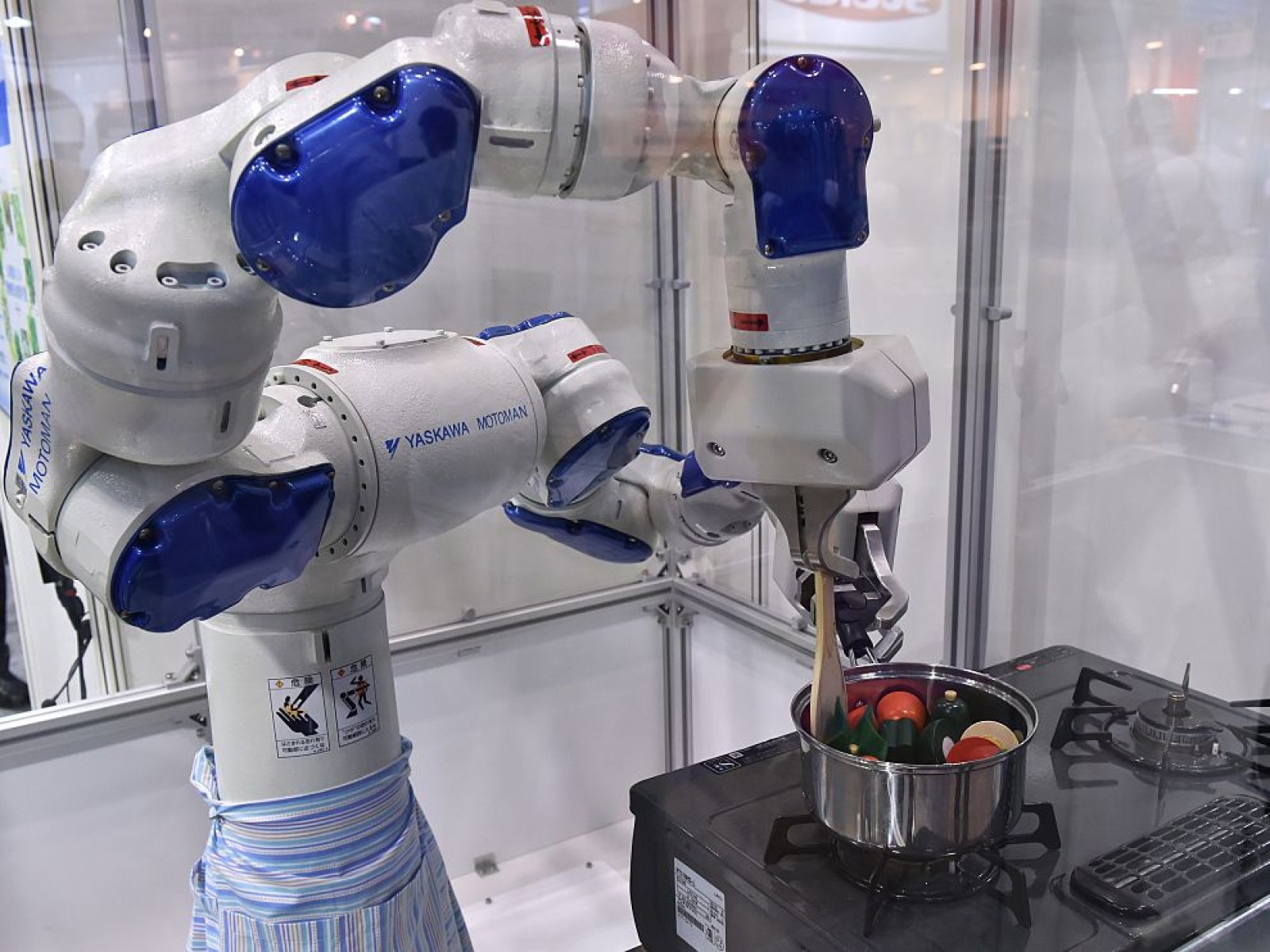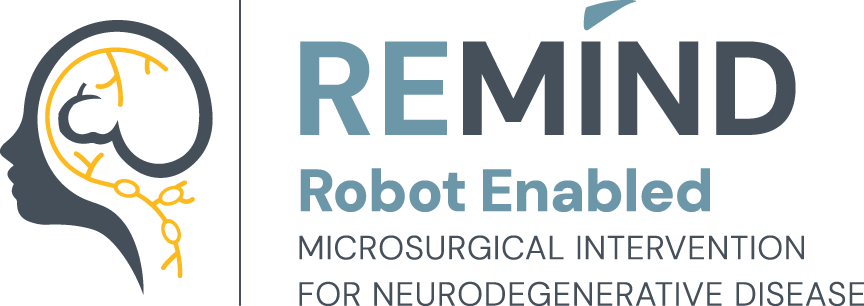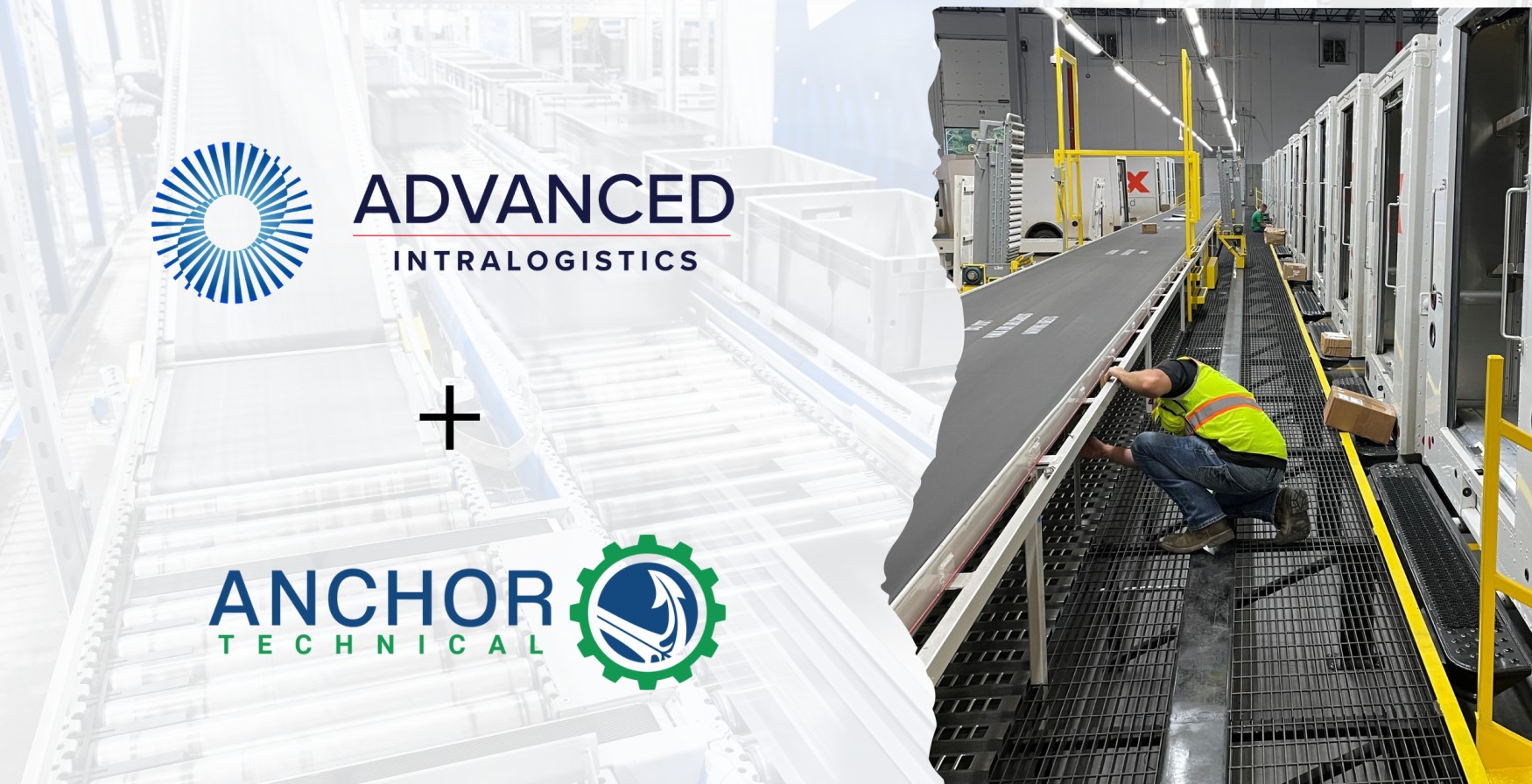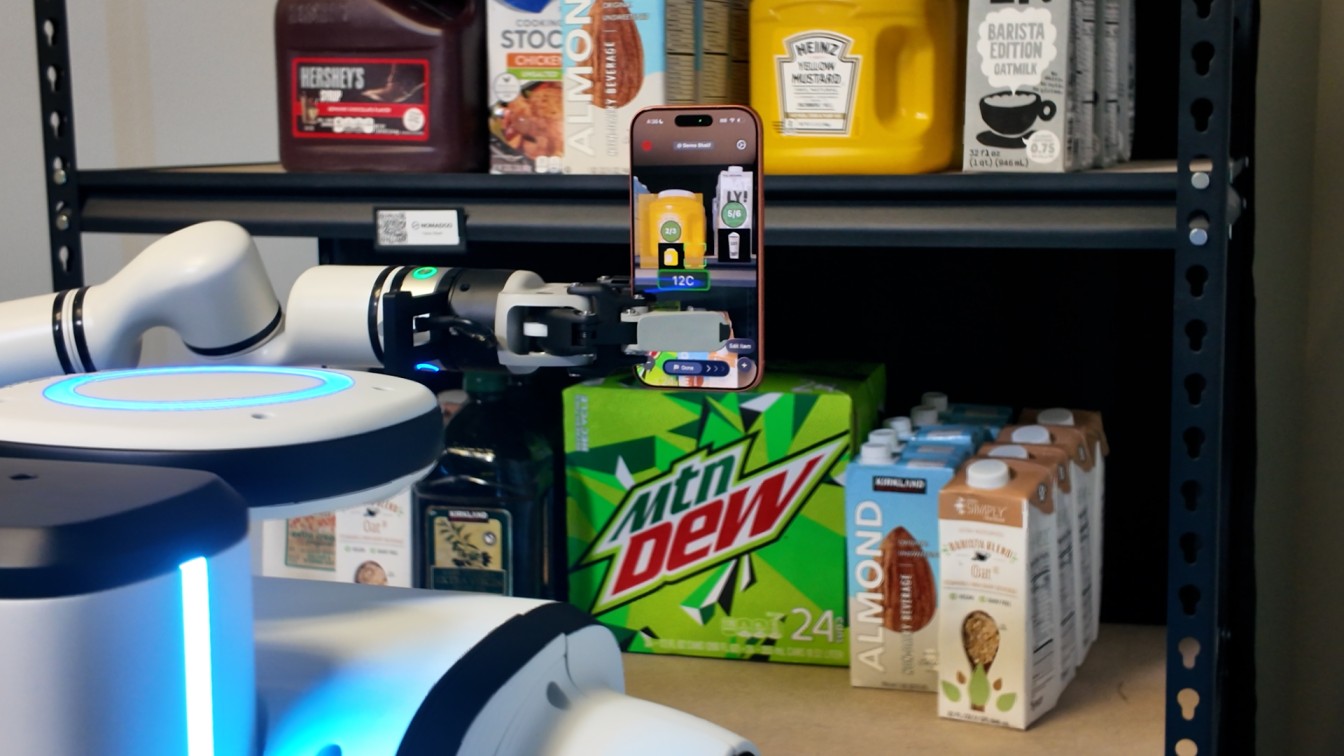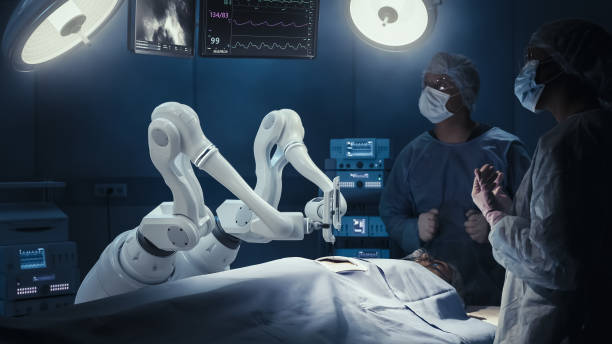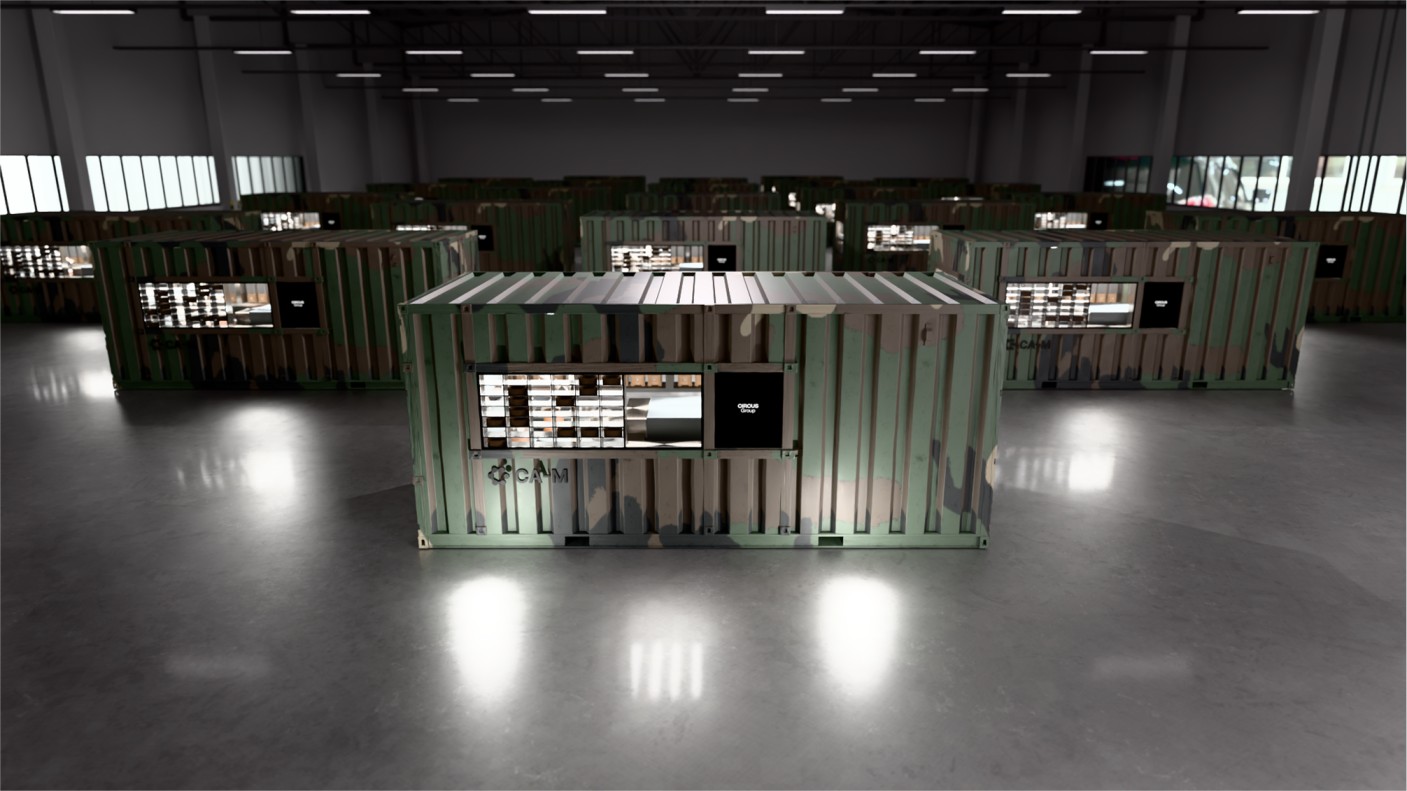Universal Robots Accelerates the Future of Cobots with AI-Driven Innovation
04 April 2025 | News | By editor@rbnpress.com
Anders Beck, VP of Innovation and Strategy, shares how Universal Robots' AI Accelerator—powered by NVIDIA—ushers in a new era of smart, adaptable, and accessible automation
In an exclusive conversation with Robotics Business NEWS, Anders Beck, VP of Innovation and Strategy at Universal Robots, unveils how Teradyne Robotics is redefining collaborative robotics through the AI Accelerator toolkit. With NVIDIA's Jetson AGX Orin and Isaac platform at its core, this plug-and-play solution is enabling developers to rapidly build AI-powered cobot applications—from bin picking to precision inspection—while dramatically cutting deployment times and complexity. Beck discusses the real-world impact, upcoming showcases at Automate and Automatica, and how this innovation fuels the company’s bold vision: making intelligent automation a reality for businesses of all sizes, everywhere.
What makes Teradyne Robotics’ AI-accelerator-powered solutions unique in the field of collaborative robotics?
Teradyne Robotics company Universal Robots (UR) has developed a ready-to-use hardware and software toolkit specifically designed to further enable the development of AI-enabled collaborative robot (cobot) applications:
The AI Accelerator seamlessly integrates with UR’s next-generation software platform PolyScope X. It is powered by NVIDIA Isaac™ accelerated libraries and AI models, running on the NVIDIA Jetson AGX Orin™ system-on-module, which brings state-of-the-art AI technologies and accelerated performance to robotics solutions.
The AI Accelerator offers developers of UR cobot solutions a full go-to-market architecture straight out of the box, enabling features like pose estimation, tracking, object detection, path planning, image classification, quality inspection, and state detection.
The toolkit significantly decreases deployment time and de-risks the development of AI-based solutions - case in point was the recent NVIDIA’s GTC conference where five robotics companies showcased new AI-powered applications developed in record time (some of them in just a couple of weeks), using the AI Accelerator.
How does AI acceleration improve the performance and efficiency of collaborative robots?
AI acceleration improves the performance and efficiency of collaborative robots by enabling significantly faster and higher quality path planning. The NVIDIA Isaac Manipulator platform's cuMotion path planner, when used with UR cobots and PolyScope X, makes a range of applications feasible, that were previously not fully automatable, and improves existing programming concepts. This results in easier programming and lower computation time for planning, optimizing, and executing trajectories.
This means that robotics developers can rapidly design, deploy, and scale intelligent automation solutions, lower implementation barriers and reduce programming time and complexity. By providing robots with the capacity to perceive and respond to the real world, AI-powered cobots gain the ability to learn, adapt, and make informed decisions based on sensory input, making them more versatile for complex use cases and unpredictable environments like logistics operations with changing layouts or construction sites with varying tasks.
What specific applications or industries will benefit the most from these new AI-driven robotic solutions?
Several applications and industries are poised to benefit significantly from these new AI-driven robotic solutions by providing them with enhanced capabilities such as perception, flexibility, adaptability, and simplified programming, opening doors for automation in more complex and dynamic environments.
Some key applications that can benefit:
- Bin picking of unstructured items: The enhanced perception capabilities, facilitated by the AI Accelerator and components like the Orbbec Gemini 3D camera included in the toolkit, allow robots to more accurately locate workpieces in unstructured environments. The best example of this is bin-picking, a task traditionally challenging for standard automation.
- Quality inspection: AI enhances the ability of robots to detect subtle defects and variations in products with greater accuracy and consistency than traditional methods.
- Material handling and logistics: AI improves autonomous navigation, obstacle avoidance, and precise handling of goods in warehouses and fulfillment centers, leading to more efficient order processing and inventory management.
- Machine tending: AI-equipped robots can more effectively load and unload machines by adapting to variations in part placement and orientation.
- Assembly tasks: AI enables robots to perform more intricate assembly operations, including those requiring learning from human demonstrations and adapting to slight variations in parts.
- Surface treatment applications (painting, dispensing): AI can optimize these processes by allowing robots to adapt to different part shapes and sizes without requiring extensive reprogramming or fixturing.
- Metrology and dimensional accuracy checks: AI improves the precision with which robots can scan and compare physical parts to digital models for quality assurance.
- Path planning and collision avoidance: AI allows robots to navigate complex and changing workspaces safely and efficiently by dynamically adjusting their paths to avoid obstacles.
Can you elaborate on Teradyne Robotics’ partnership with NVIDIA and how their technology enhances robotic capabilities?
The partnership aims to establish Teradyne Robotics (UR and sister company MiR) as the preferred platform for AI-powered industrial automation, making robotics more accessible and capable.
Key aspects of this collaboration include:
- NVIDIA Jetson AGX Orin: This module powers the UR AI Accelerator and the MiR1200 Pallet Jack, providing essential computing for AI tasks.
- NVIDIA Isaac Platform: UR's PolyScope X software integrates with NVIDIA Isaac Manipulator, utilizing the cuMotion path planner for faster and more efficient robot path planning. The AI Accelerator also uses NVIDIA Isaac ROS for improved perception.
Benefits of this partnership include:
- Improved Perception: Robots can better understand their surroundings.
- Faster Path Planning: More efficient and collision-free movement.
- Simplified AI Development: The AI Accelerator lowers barriers for creating AI-powered robotic solutions.
- Enhanced Autonomy: Robots can perform complex tasks in dynamic and unstructured environments.
Are there any live demonstrations or pilot programs planned to showcase these AI-powered robots?
Yes! Universal Robots will be at the Automate 2025 show in Detroit, May 12-15 in a large exhibit space featuring three industry-focused zones showcasing AI-powered solutions:
This includes an Automotive Zone with partners AI Automation demonstrating painting and 3D Infotech using the AI Accelerator for inspection; an Electronics MFG Zone with partner Flexxbotics performing machine tending of electronic components using the AI Accelerator; and the Logistics Zone featuring Universal Robots’ sister company MiR (Mobile Industrial Robots) showcasing the MiR1200 Pallet Jack, that harnesses advanced AI pallet detection powered by the NVIDIA Jetson AGX Orin module. This allows the Pallet Jack to identify, pick up, and deliver pallets with precision even in dynamic and complex environments.
In Europe, the AI Accelerator and AI-powered applications from Teradyne Robotics companies will be showcased at Automatica in Munich, Germany, June 24-27.
What are the key challenges in integrating AI accelerators into robotics, and how has Teradyne addressed them?
One key challenge in integrating AI into robotics has been the complexity and time-consuming nature of incorporating AI into cobot-based applications using standard teach pendants or graphical user tools.
Universal Robots has addressed this by creating the UR AI Accelerator as a ready-to-use hardware and software toolkit providing developers with everything they need to develop and deploy AI solutions.
By partnering closely with NVIDIA, we leverage pre-existing accelerated libraries and AI models on the NVIDIA Jetson platform, simplifying the development process. The AI Accelerator also offers developers the flexibility to choose their preferred development tools, further reducing integration complexities. The focus on providing in-built demo programs also helps developers get started and understand the capabilities.
The latest version of the AI Accelerator further addresses challenges by integrating the latest NVIDIA Isaac ROS, enabling enhanced pose estimation and path planning performance, and offering high-speed GMSL connectivity for vision sensors.
How does this innovation fit into Teradyne Robotics’ broader vision for the future of automation and AI-powered robotics?
This innovation is central to our broader vision of achieving "Automation for anyone. Anywhere.” The development and release of the AI Accelerator and the collaboration with NVIDIA underscore the commitment of taking physical AI to an entirely new level.
The vision includes creating robots that can perceive, learn, adapt, and make informed decisions in complex and dynamic real-world environments, ultimately leading to increased productivity, efficiency, and innovation for businesses. By focusing on seamless integration, ease of use, and providing developers with the necessary tools, Teradyne Robotics is working to democratize advanced automation and lower the barriers to adoption for a wider range of industries, including SMEs.
The planned series of AI-powered products and capabilities in our pipeline further solidifies this direction towards a future where robots are intelligent partners in the workplace.


